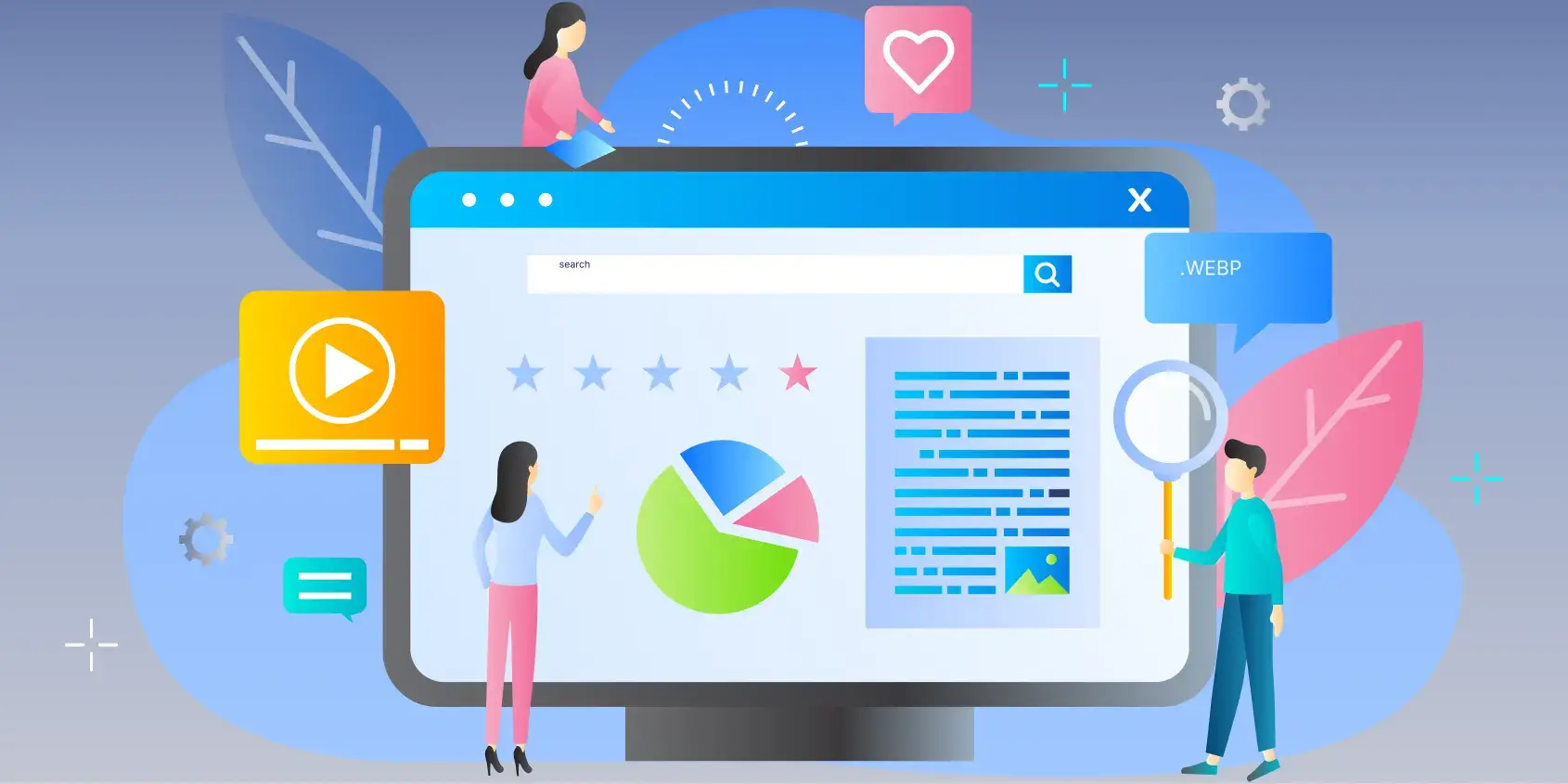
Introduction
In the fast-paced world of modern work, email communication and long video calls are quickly becoming outdated and inefficient. Asynchronous video communication is emerging as a powerful alternative, offering numerous advantages for productivity, work-life balance, and effective collaboration. In this article, we will explore why it’s time to change emails and long video calls for asynchronous video and how this shift can transform the way we work.

Our amazing team is always hard at work
The Limitations of Email Communication
Email has long been the default communication tool in the business world. However, it has its shortcomings. Email threads can become cluttered, leading to miscommunication, missed messages, and frustration. Furthermore, email often lacks the personal touch and immediate feedback that can be crucial in certain work situations.
Challenges with Long Video Calls
Video conferencing tools like Zoom and Microsoft Teams have been a lifeline for remote work, but they have their downsides too. Scheduling and coordinating everyone’s availability can be a logistical nightmare. Long video meetings are often mentally exhausting, and not everyone is comfortable on camera.
The Rise of Asynchronous Video
Asynchronous video, on the other hand, allows for video messages to be recorded and shared at a time that suits both the sender and the recipient. This approach provides numerous advantages:
a. Flexibility: Team members can view video messages when it best suits their schedule, enhancing work-life balance.
b. Conciseness: Asynchronous video encourages brevity and clarity, helping to avoid long, meandering conversations.
c. Improved Non-Verbal Communication: Asynchronous video retains the personal touch of video communication while avoiding the need for real-time responses.
d. Accessibility: It allows participants from different time zones to engage in a more meaningful way.
The Rise of Asynchronous Video
Asynchronous video can significantly boost productivity. The ability to provide detailed instructions, updates, or feedback through video messages saves time and reduces the need for endless back-and-forth emails or lengthy meetings. Team members can focus on their tasks, knowing they can review and respond to video messages at their convenience.
Enhancing Collaboration
Asynchronous video enhances collaboration by providing a platform for clear, concise, and visual communication. Project updates, explanations, and brainstorming sessions are more engaging when shared through video. Team members can express themselves with nuance and share their screens to illustrate ideas effectively.
Minimizing Zoom Fatigue
Zoom fatigue has become a prevalent issue with the surge in long video meetings. Asynchronous video reduces the need for real-time video interactions, reducing screen time and mental exhaustion.
Implementation and Tools
Several tools are available for asynchronous video communication, including Loom, Vidyard, and Soapbox. These platforms offer recording, sharing, and commenting features that facilitate collaborative video conversations. Integration with other productivity tools simplifies the workflow.
Maintaining a Personal Touch
While asynchronous video can replace some long video meetings, it’s crucial to maintain personal connections. Scheduling occasional real-time video meetings or face-to-face interactions can help build relationships and reinforce the sense of belonging.
Conclusion
The way we work is evolving, and it’s time to rethink the traditional reliance on emails and long video calls. Asynchronous video communication offers a more flexible, productive, and collaborative approach to work, aligning with the changing demands of the modern workplace. By embracing this shift, organizations can not only enhance their productivity but also improve work-life balance and foster more effective and engaging communication.






